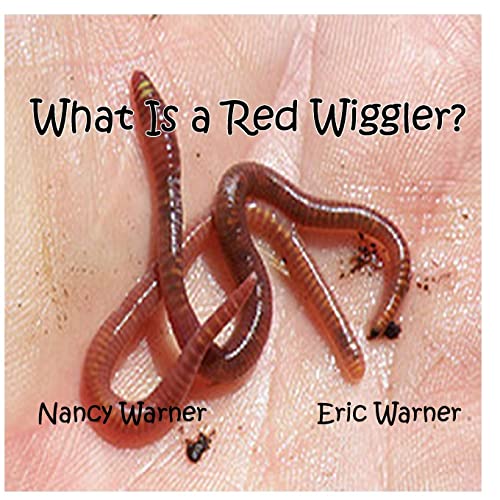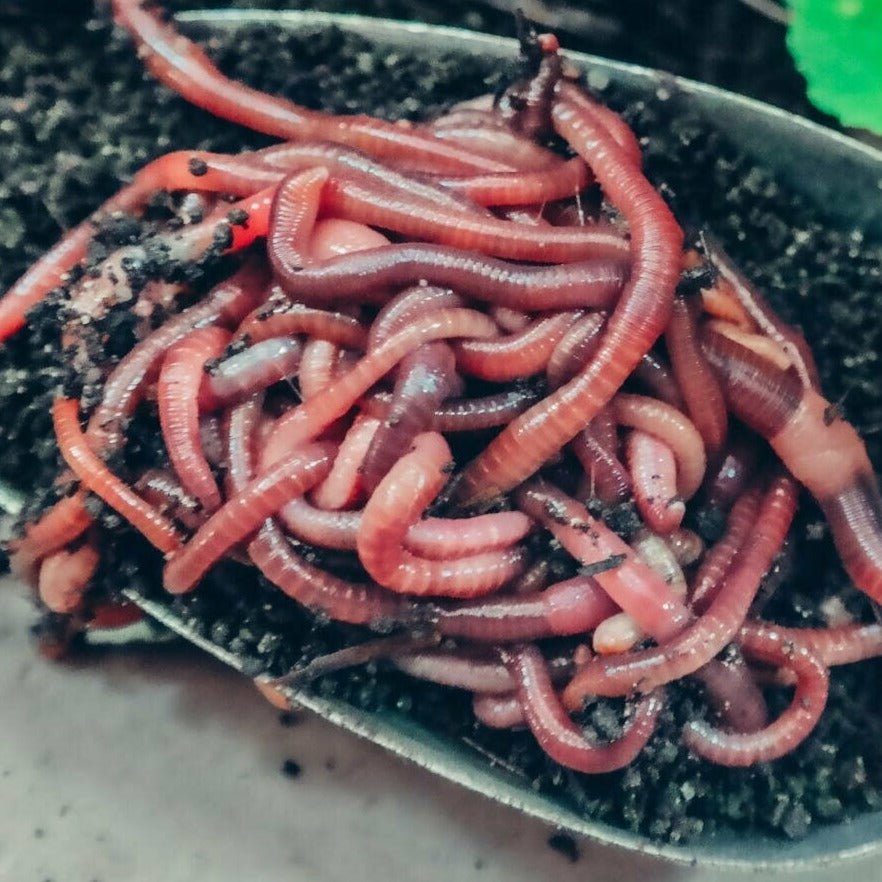Red Wigglers: The Unsung Heroes of Organic Waste Recycling
Red wigglers, or Eisenia fetida, function as important agents in the organic waste reusing process, changing disposed of products right into valuable vermicompost. Their effective breakdown of organic issue not only improves dirt quality yet likewise adds to sustainable waste management practices. As the world significantly seeks remedies to combat waste buildup and enhance farming efficiency, understanding the role of these worms ends up being necessary. What systems enable them to flourish in garden compost settings, and how can they be successfully made use of in both household and commercial setups? Discovering these inquiries discloses the wider ramifications of vermicomposting in our eco-friendly landscape.
What Are Red Wigglers?
The exceptional strength of red wigglers, clinically called Eisenia fetida, emphasizes their vital function in organic waste recycling. These small, reddish-brown earthworms are commonly discovered in disintegrating natural issue, such as compost heap and manure stacks. Lake Hickory Bait. Unlike other earthworm varieties, red wigglers grow in nutrient-rich environments and are extremely effective at breaking down natural materials, making them important for vermicomposting

(Lake Hickory Bait)Along with their role in waste reduction, red wigglers contribute to dirt health and wellness by boosting dirt framework and oygenation with their burrowing activities (Lake Hickory Bait). Their existence in composting systems not only improves disintegration prices yet also promotes a sustainable method to lose management, showing their importance in ecological conservation initiatives
Advantages of Composting With Worms
Composting with worms, especially red wigglers, offers numerous benefits that improve both waste administration and soil health. First, these worms successfully damage down natural waste, transforming it right into nutrient-rich vermicompost that enriches soil. This process speeds up disintegration, enabling a much faster recycling of cooking area scraps and various other natural products compared to conventional composting techniques.
In addition, the vermicompost generated by red wigglers is brimming with advantageous bacteria, which aid enhance soil framework, aeration, and wetness retention. This boosts the overall health and wellness of plants, advertising vigorous development and boosted returns in yards and agricultural settings. In addition, using worms in composting lessens the manufacturing of greenhouse gases, such as methane, adding to a much more lasting waste monitoring system.

Just How to Start Vermicomposting
Establishing a vermicomposting system is an uncomplicated process that can produce significant benefits for both waste monitoring and dirt enrichment. To start, pick an ideal container, such as a plastic bin or wood box, with sufficient ventilation holes to guarantee appropriate air flow. The dimensions ought to ideally be around 2 feet by 3 feet, permitting enough room for the worms to thrive.
Following, prepare bed linens material, which can include shredded paper, cardboard, or coconut coir. This bed linens should be dampened to create an appropriate environment for the worms. Once the bed linen remains in place, present red wigglers (Eisenia fetida) right into the bin, usually around one pound of worms for every single square foot of surface.
Complying with the placement of worms, include natural waste, such as fruit and vegetable scraps, coffee grounds, and crushed eggshells. With these steps, you will efficiently start a vermicomposting system that adds to sustainable waste administration and improves your dirt.
Keeping a Healthy And Balanced Worm Bin
(Lake Hickory Bait)Keeping a worm bin growing calls for regular attention and like make certain the health of the red wigglers and the efficiency of the composting process. Appropriate upkeep begins with keeping an eye on the dampness levels; the container needs to perspire however not soaked. An excellent policy of thumb is to maintain an uniformity comparable to a wrung-out sponge.
Carefully blending the bed linen and food scraps every few weeks stops compaction and guarantees that all worms have access to oxygen. In addition, it is important to feed the worms appropriately.
If the container comes to be also warm or chilly, the worms might end up being stressed out. By vigilantly managing these factors, one can preserve a robust and efficient worm bin.
Influence on Lasting Living
The successful upkeep of a worm bin not only profits the wellness of red wigglers however likewise contributes significantly to sustainable living techniques. By reusing organic waste, such as cooking area scraps and backyard debris, red see this website wigglers help draw away substantial quantities of material from landfills. This decrease in waste not just lowers greenhouse gas exhausts however also decreases the environmental concern connected with waste management.
In addition, the castings produced by red wigglers function as a nutrient-rich natural fertilizer, boosting soil health and wellness and advertising plant growth. This all-natural option to chemical fertilizers sustains lasting farming and horticulture methods, reducing dependence on synthetic inputs that can hurt communities. Furthermore, worm composting fosters understanding of waste management, encouraging people and neighborhoods to take on more lasting habits.

Verdict
In summary, red wigglers offer as essential factors to organic waste recycling through their efficient decomposition of natural materials. By integrating vermicomposting into waste monitoring approaches, people and areas can considerably decrease waste while advertising environmental sustainability.